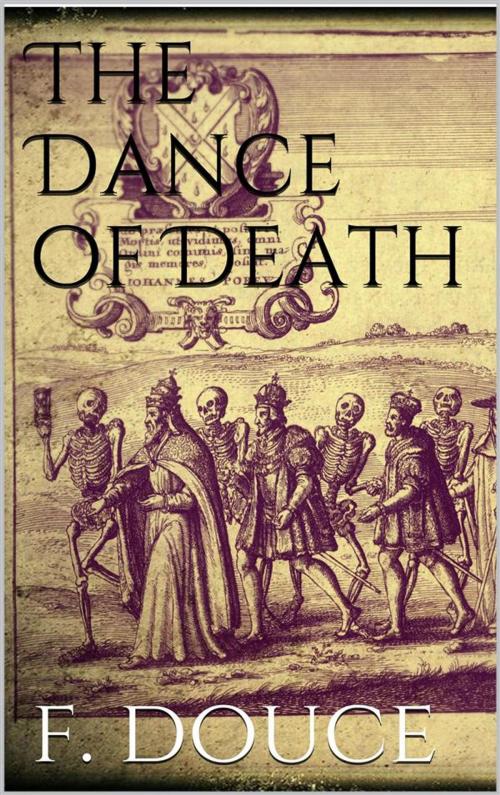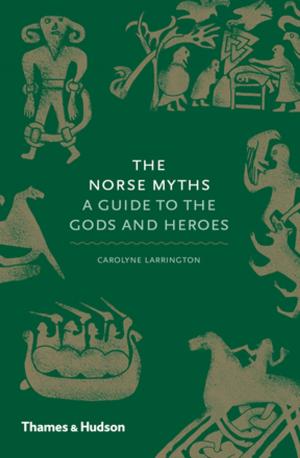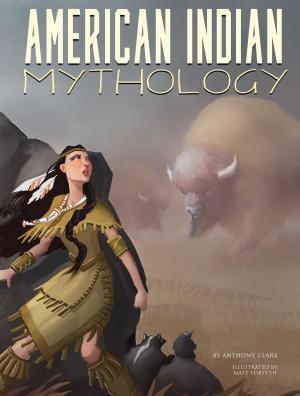The Dance of Death
Nonfiction, Social & Cultural Studies, Social Science, Cultural Studies, Death & Dying, Customs & Traditions, Folklore & Mythology| Author: | Francis Douce | ISBN: | 9786050406030 |
| Publisher: | Francis Douce | Publication: | August 17, 2015 |
| Imprint: | Language: | English |
| Author: | Francis Douce |
| ISBN: | 9786050406030 |
| Publisher: | Francis Douce |
| Publication: | August 17, 2015 |
| Imprint: | |
| Language: | English |
The manner in which the poets and artists of antiquity have symbolized or personified Death, has excited considerable discussion; and the various opinions of Lessing, Herder, Klotz, and other controversialists have only tended to demonstrate that the ancients adopted many different modes to accomplish this purpose. Some writers have maintained that they exclusively represented Death as a mere skeleton; whilst others have contended that this figure, so frequently to be found upon gems and sepulchral monuments, was never intended to personify the extinction of human life, but only as a simple and abstract representation. They insist that the ancients adopted a more elegant and allegorical method for this purpose; that they represented human mortality by various symbols of destruction, as birds devouring lizards and serpents, or pecking fruits and flowers; by goats browsing on vines; cocks fighting, or even by a Medusa’s or Gorgon’s head. The Romans seem to have adopted Homer’s definition of Death as the eldest brother of Sleep; and, accordingly, on several of their monumental and other sculptures we find two winged genii as the representatives of the above personages, and sometimes a genius bearing a sepulchral vase on his shoulder, and with a torch reversed in one of his hands. It is very well known that the ancients often symbolized the human soul by the figure of a butterfly, an idea that is extremely obvious and appropriate, as well as elegant.
The manner in which the poets and artists of antiquity have symbolized or personified Death, has excited considerable discussion; and the various opinions of Lessing, Herder, Klotz, and other controversialists have only tended to demonstrate that the ancients adopted many different modes to accomplish this purpose. Some writers have maintained that they exclusively represented Death as a mere skeleton; whilst others have contended that this figure, so frequently to be found upon gems and sepulchral monuments, was never intended to personify the extinction of human life, but only as a simple and abstract representation. They insist that the ancients adopted a more elegant and allegorical method for this purpose; that they represented human mortality by various symbols of destruction, as birds devouring lizards and serpents, or pecking fruits and flowers; by goats browsing on vines; cocks fighting, or even by a Medusa’s or Gorgon’s head. The Romans seem to have adopted Homer’s definition of Death as the eldest brother of Sleep; and, accordingly, on several of their monumental and other sculptures we find two winged genii as the representatives of the above personages, and sometimes a genius bearing a sepulchral vase on his shoulder, and with a torch reversed in one of his hands. It is very well known that the ancients often symbolized the human soul by the figure of a butterfly, an idea that is extremely obvious and appropriate, as well as elegant.















